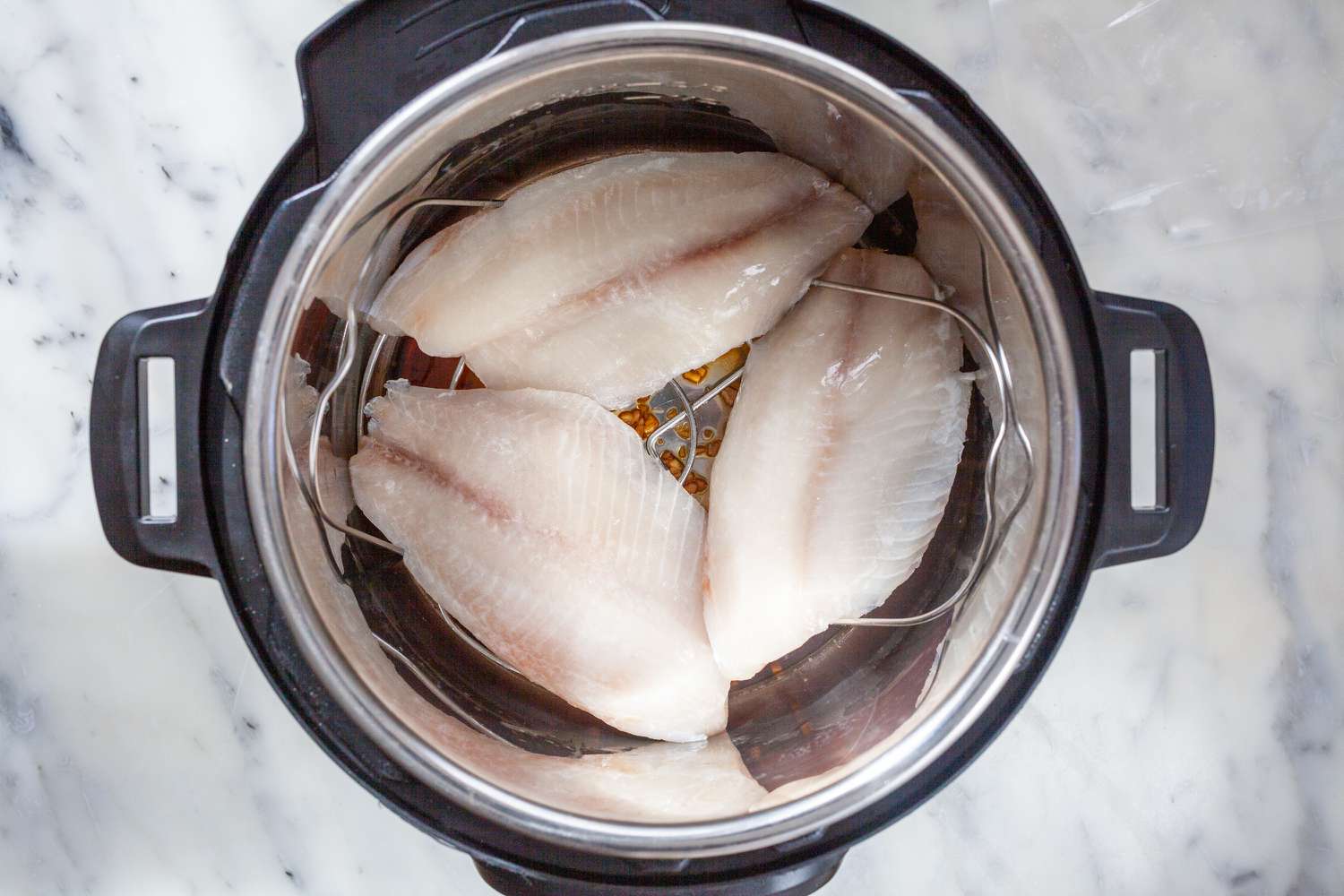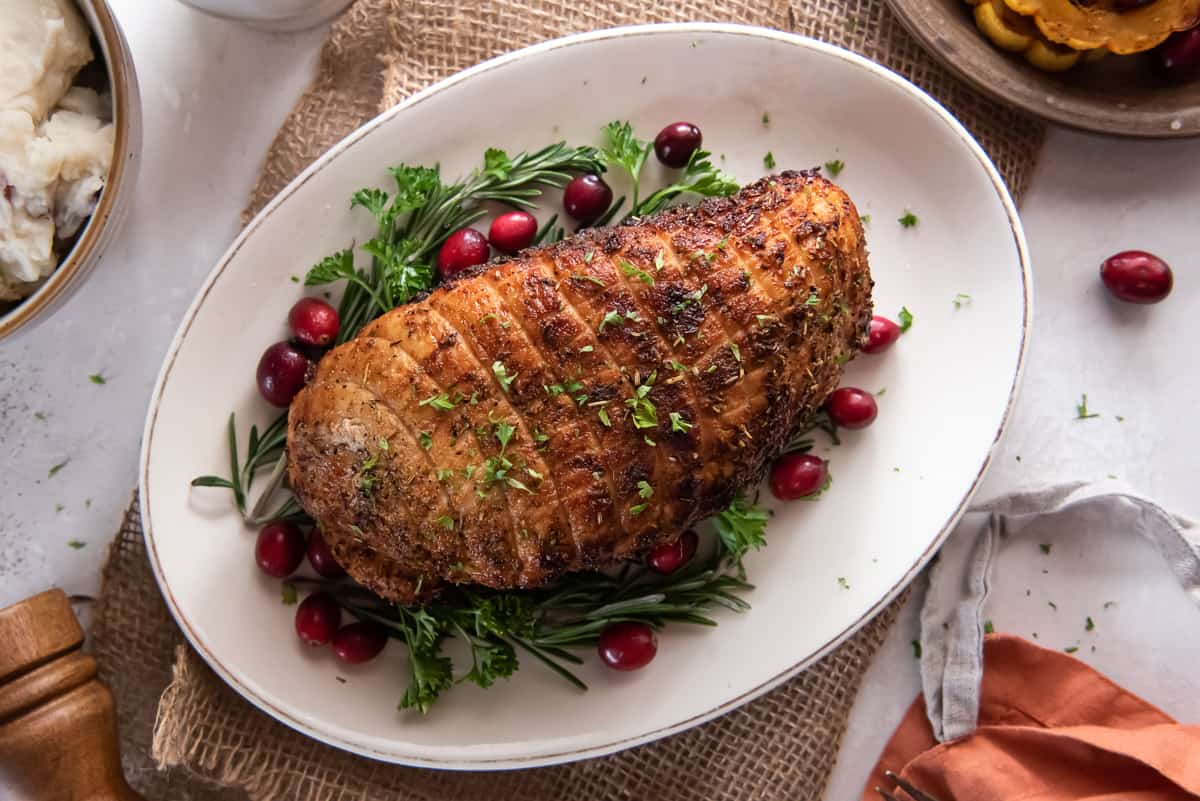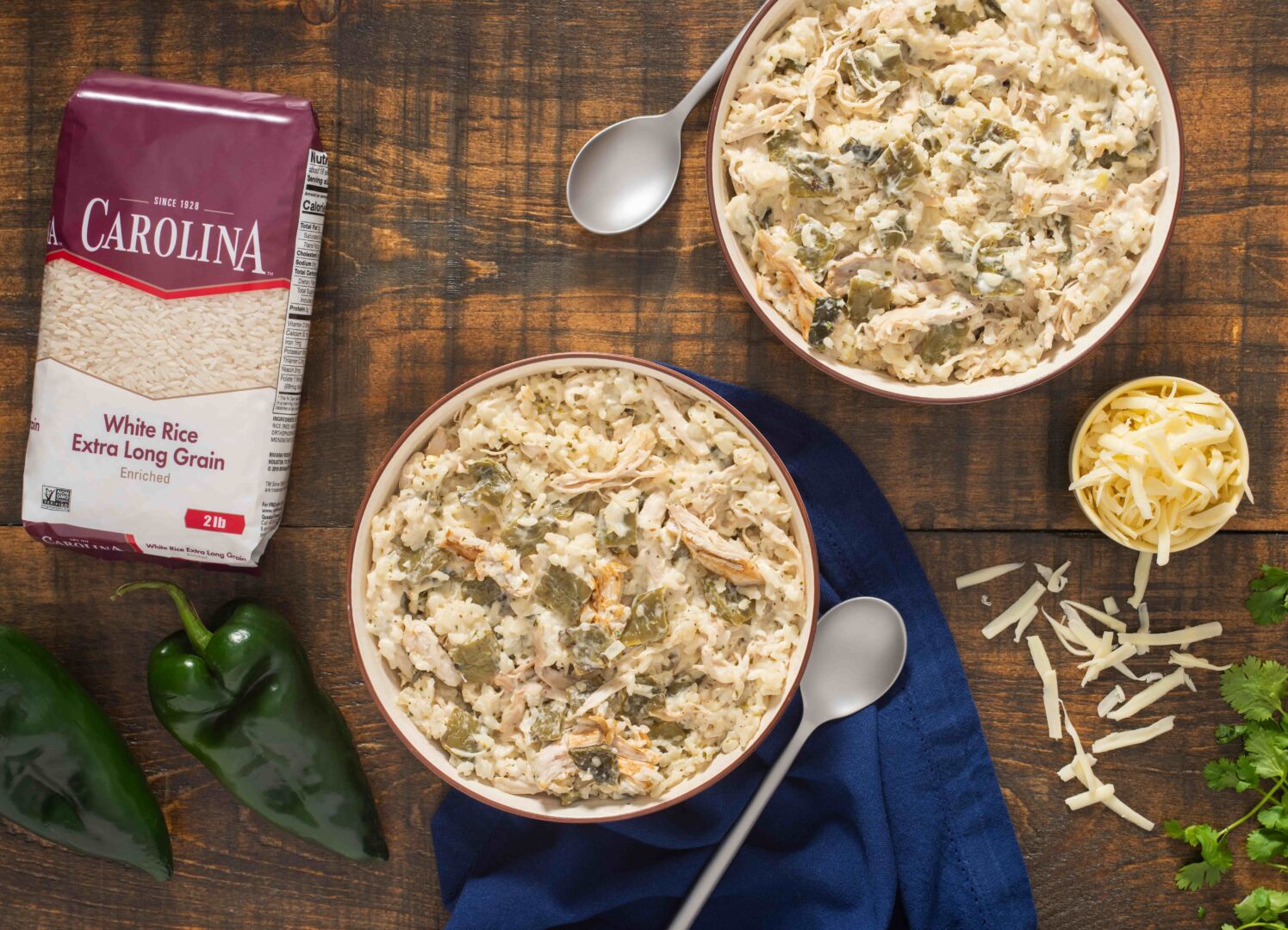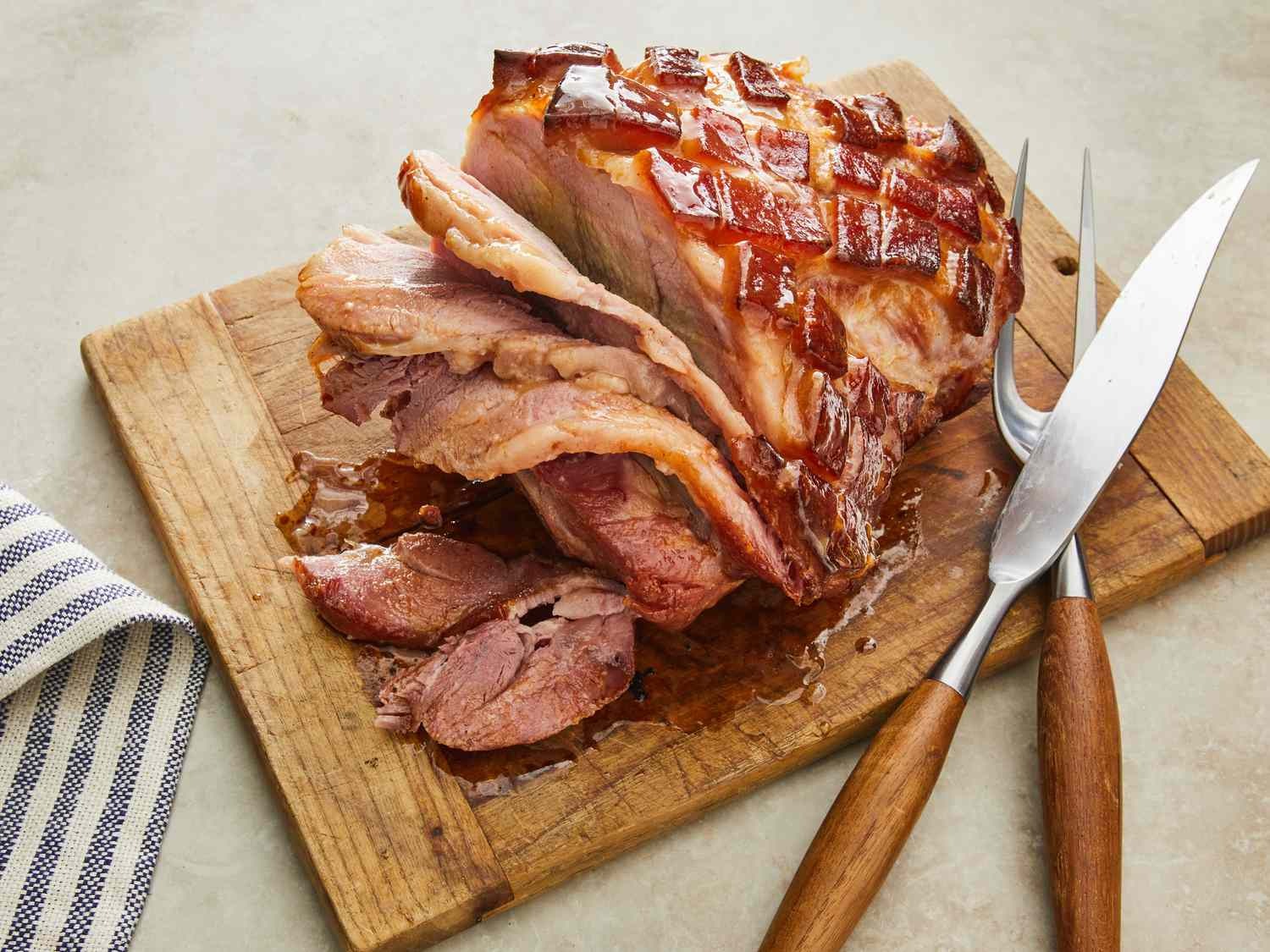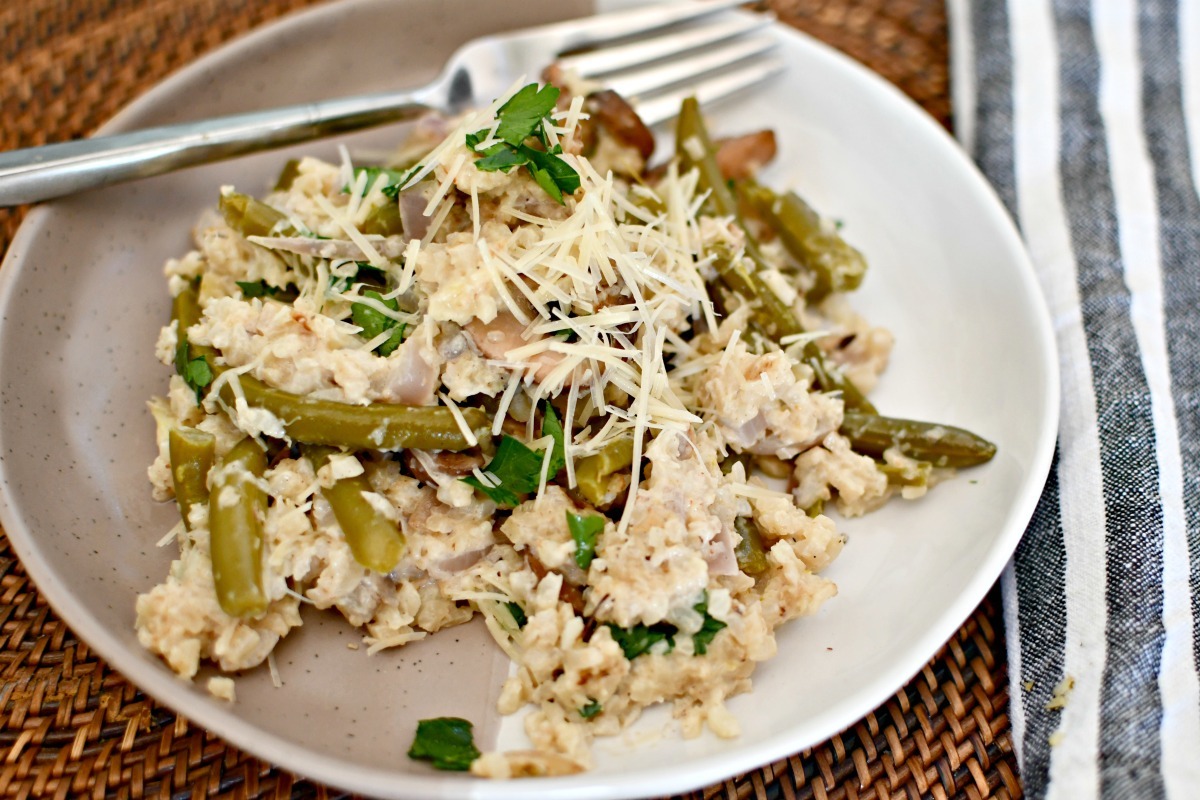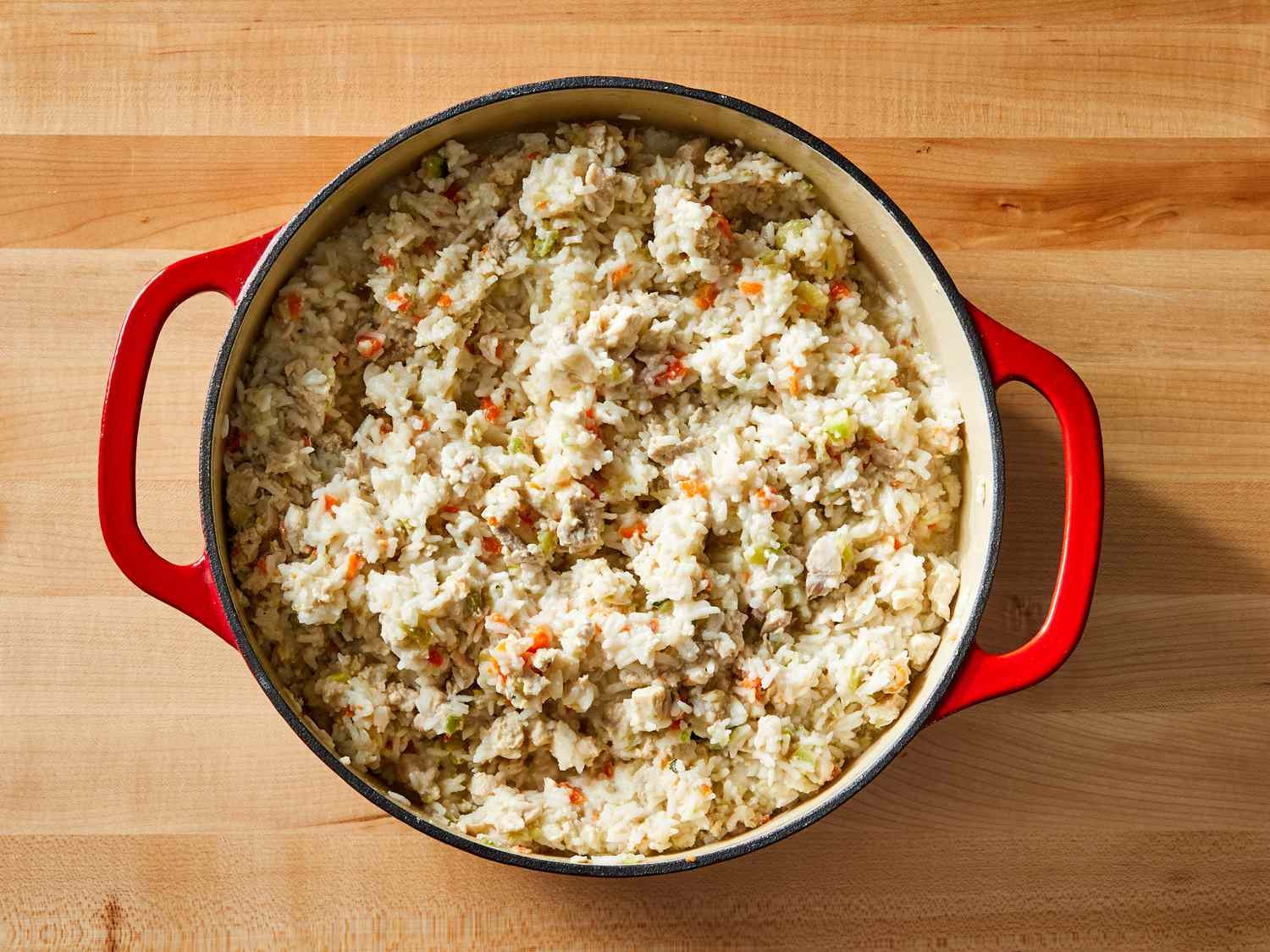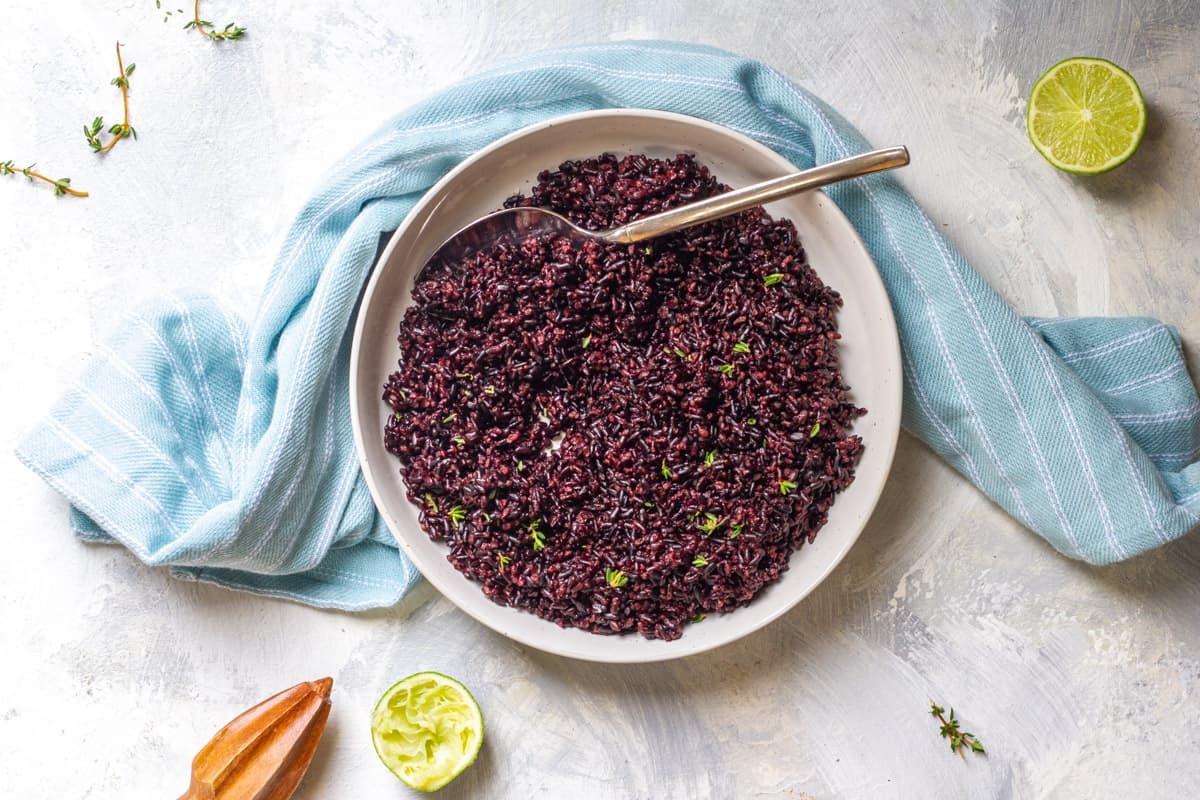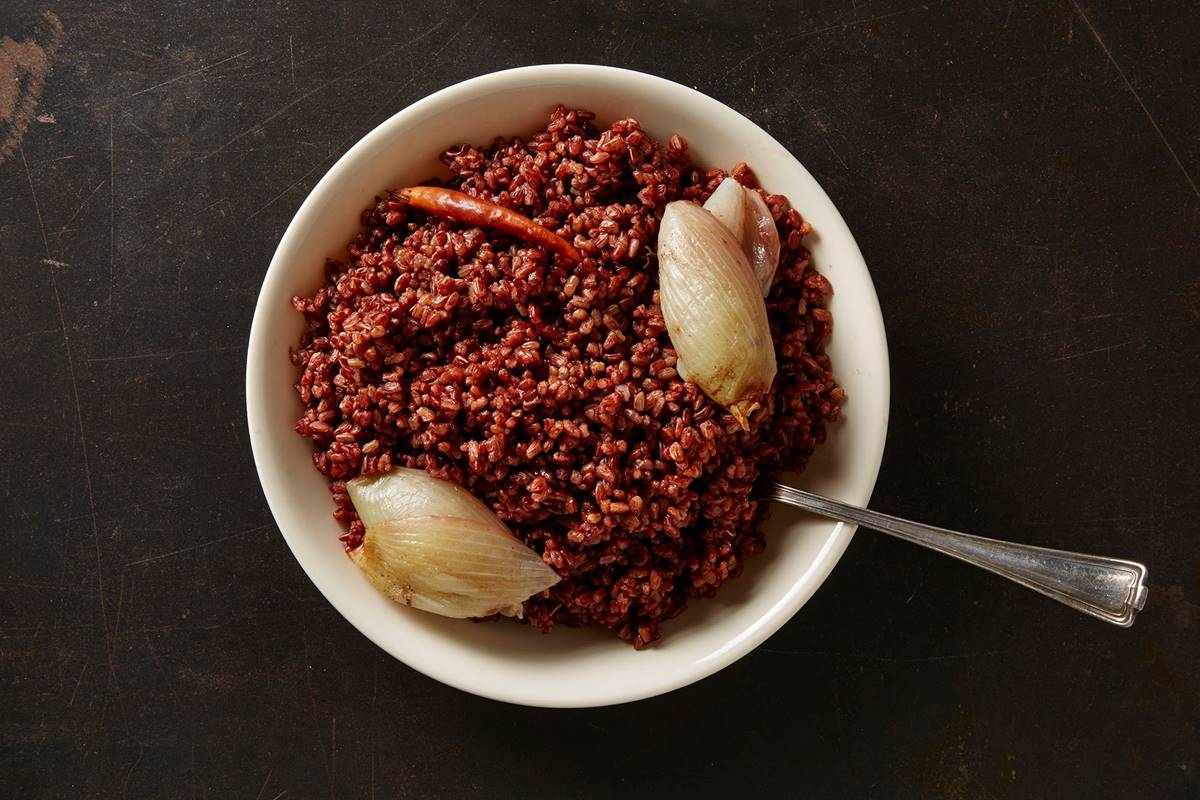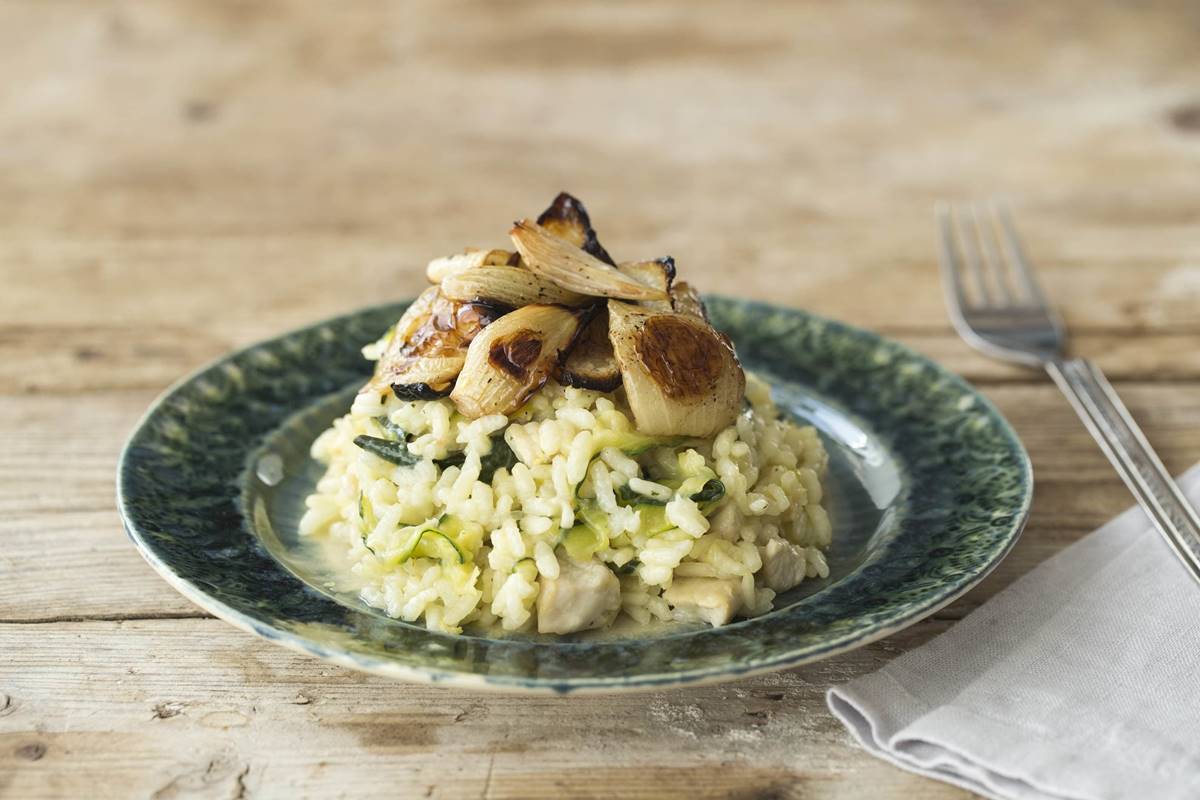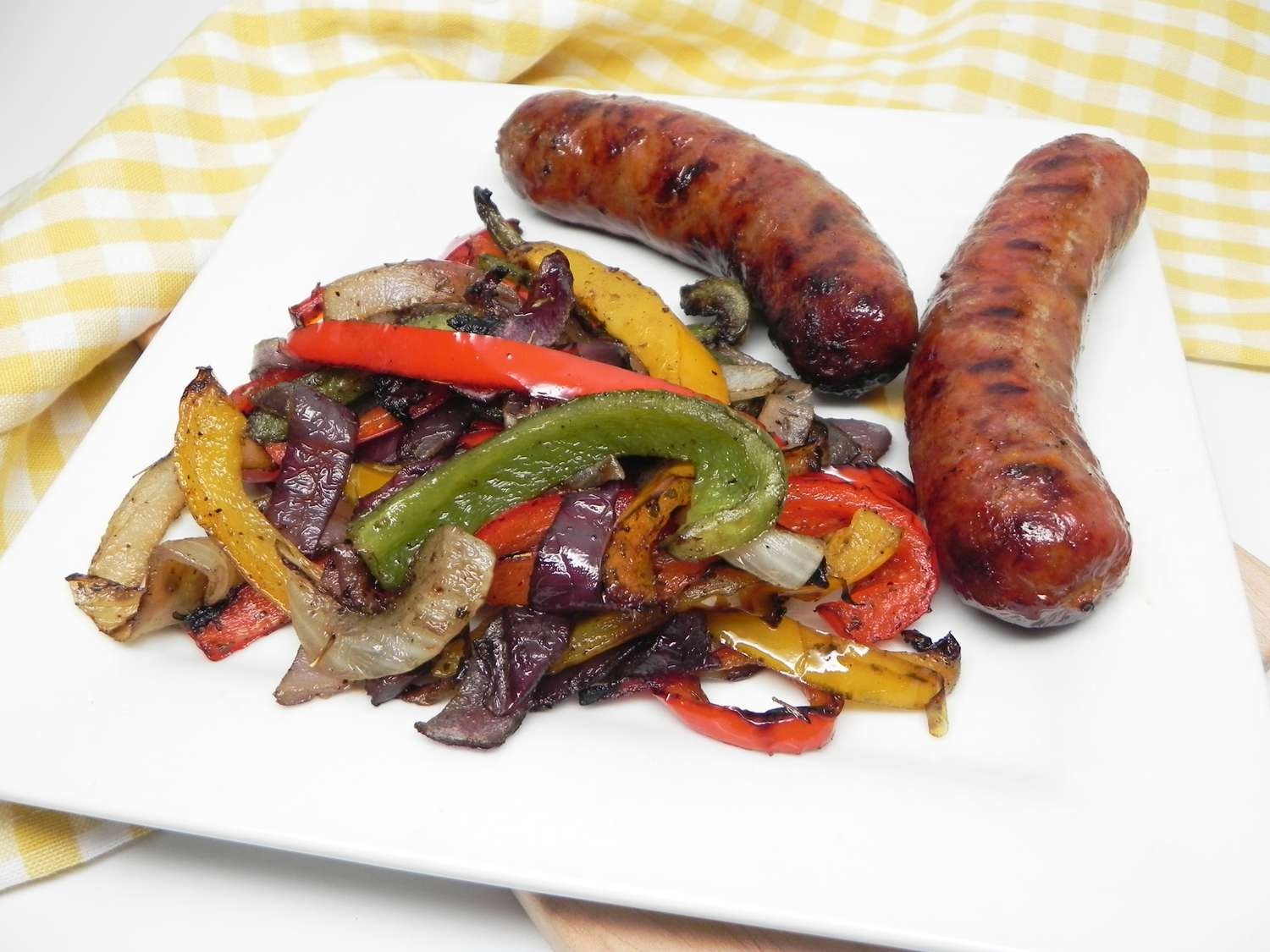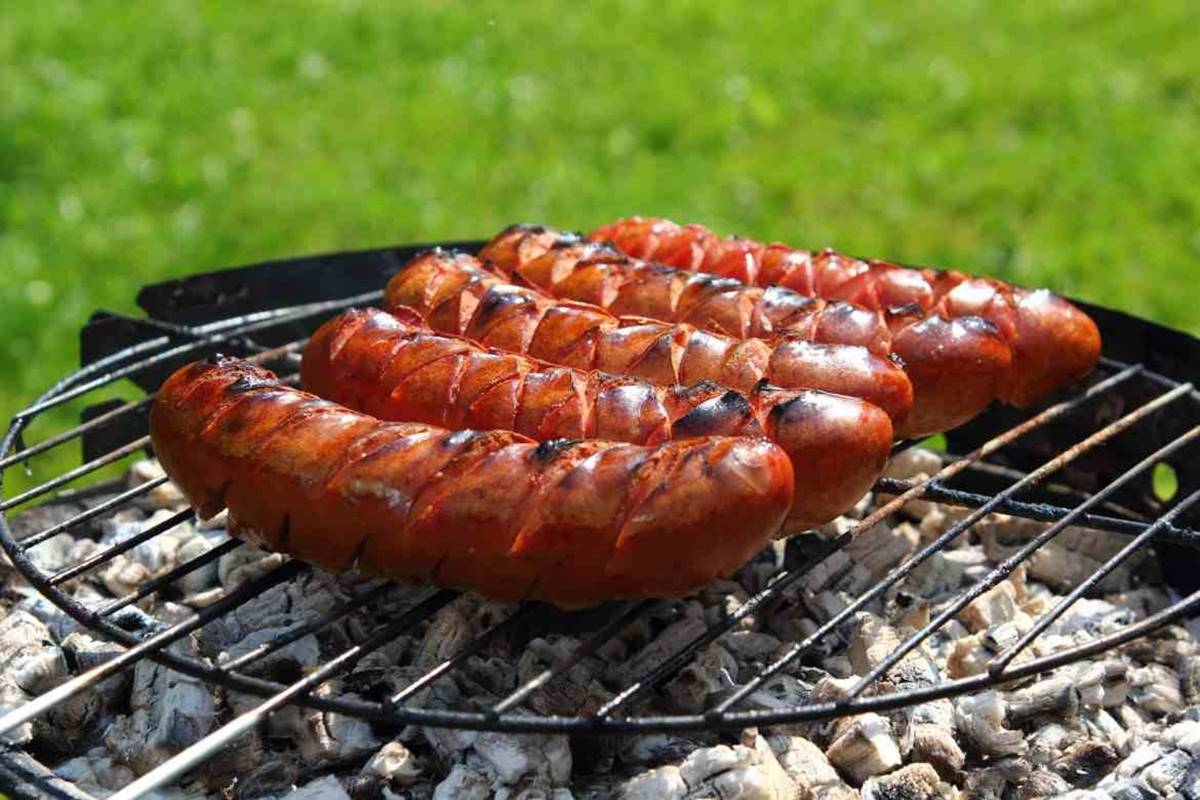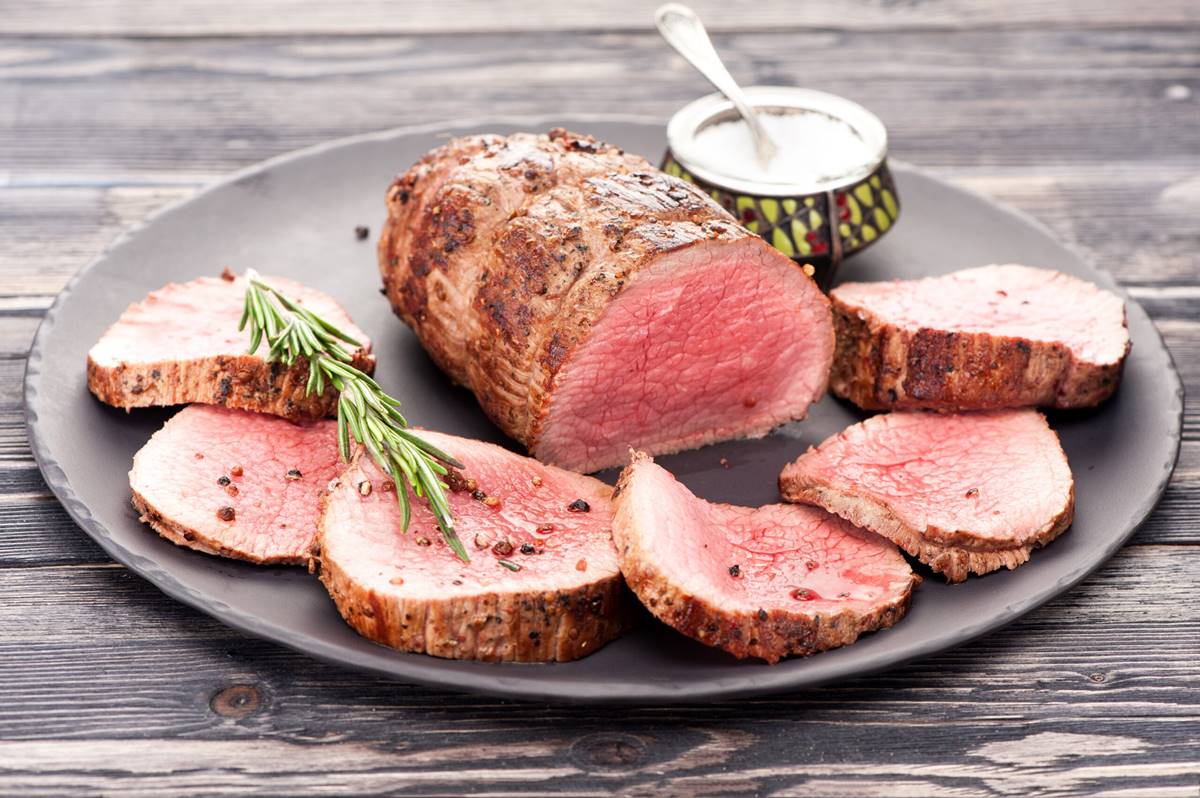How To Cook A Fresh Ham
Are you looking to impress your family and friends with a delicious and succulent main dish? Look no further than a fresh ham! Cooking a fresh ham may seem like a daunting task, but with the right technique and a little bit of patience, you can create a mouthwatering centerpiece for any special occasion.
What is a fresh ham?
Before we jump into the cooking process, let’s first understand what exactly a fresh ham is. A fresh ham, also known as a leg of pork, is the uncured and unsmoked hind leg of a pig. It is a versatile cut of meat that can be roasted whole or divided into smaller portions for various recipes.
Choosing the perfect fresh ham
When selecting a fresh ham, keep an eye out for a cut that is well-marbled with fat. This fat will render and baste the meat as it cooks, resulting in a tender and juicy roast. Additionally, look for a ham that is pink in color, indicating its freshness.
- Choose a fresh ham with a weight that suits your needs, keeping in mind that the bone adds flavor.
- Ask your local butcher to tie the ham with butcher’s twine if it hasn’t been done already, as this will help it retain its shape during cooking.
Preparing the fresh ham
Before cooking, it’s essential to prepare your fresh ham properly. Follow these steps for optimal results:
- Remove the fresh ham from its packaging and pat it dry with paper towels.
- Score the surface of the ham by making shallow cuts with a sharp knife. This will allow the flavors to penetrate the meat more effectively.
- Season the ham generously with your favorite herbs and spices. A classic combination includes salt, pepper, garlic powder, and a touch of paprika.
Cooking the fresh ham
Now comes the exciting part – cooking your fresh ham to perfection.
- Preheat your oven to 325°F (160°C).
- Place the fresh ham on a roasting rack inside a roasting pan, with the fat side facing up. This will allow the fat to melt and baste the meat as it cooks.
- Cover the ham loosely with aluminum foil and roast it in the preheated oven for about 18-20 minutes per pound. A meat thermometer inserted into the thickest part should read 145°F (63°C) when it’s ready.
- For an extra touch of flavor, you can baste the ham with its own juices every 30 minutes during cooking.
Letting the fresh ham rest
Once the fresh ham reaches the desired internal temperature, remove it from the oven and let it rest for about 15-20 minutes. This resting period allows the juices to redistribute within the meat, resulting in a moist and tender roast.
Serving suggestions
Now that your fresh ham is perfectly cooked, it’s time to carve and serve it in style. Here are a few serving suggestions to inspire you:
- Slice the fresh ham and serve it alongside roasted vegetables and mashed potatoes for a classic and comforting meal.
- Create delicious ham sandwiches by layering slices of fresh ham, your favorite cheese, and condiments on crusty bread.
- Utilize any leftovers by adding diced fresh ham to omelets, frittatas, or even homemade fried rice.
Remember, cooking a fresh ham is a labor of love that requires some time and effort. But the end result is undoubtedly worth it – a juicy, flavorful, and impressive centerpiece that will have everyone coming back for seconds.
So, next time you’re planning a special gathering or holiday meal, consider cooking a fresh ham and delight your loved ones with a show-stopping main course!
For those looking to experiment with fresh ham, the article provides a variety of recipes to try. One standout is the Honey-Glazed Fresh Ham Recipe, which combines sweetness and savory flavors perfectly. Another great option is the Herb-Crusted Fresh Ham Recipe for those who love aromatic herbs. For a more robust taste, the Garlic and Rosemary Fresh Ham Recipe cannot be missed. If you have a penchant for sweet and tangy, the Maple-Mustard Glazed Fresh Ham Recipe is a must-try. Each recipe offers a unique twist on fresh ham, ensuring that there's something to suit every palate.
Was this page helpful?
Read Next: How To Cook Canned Green Beans
